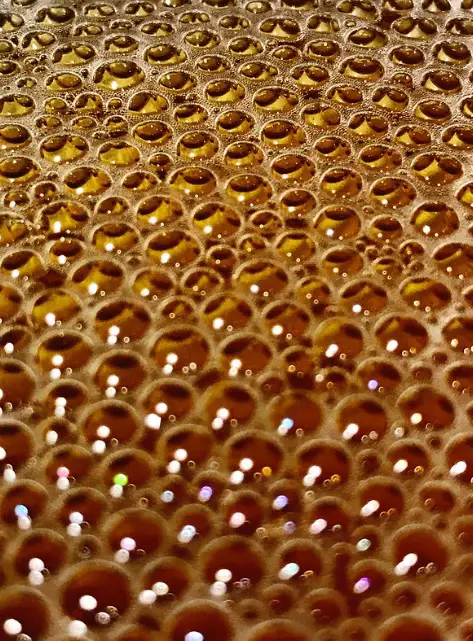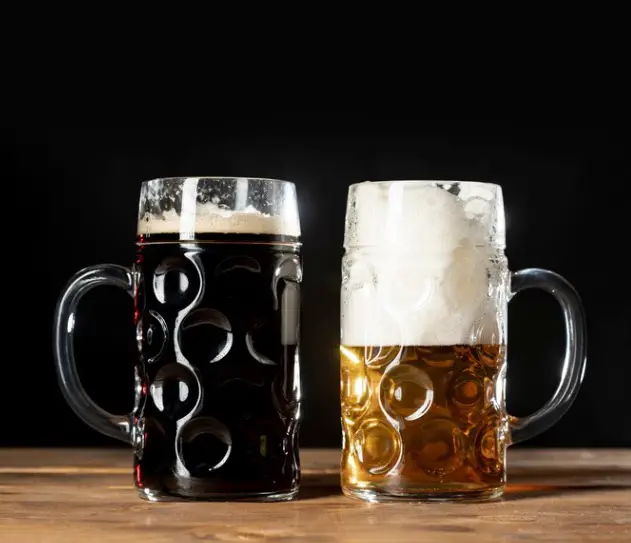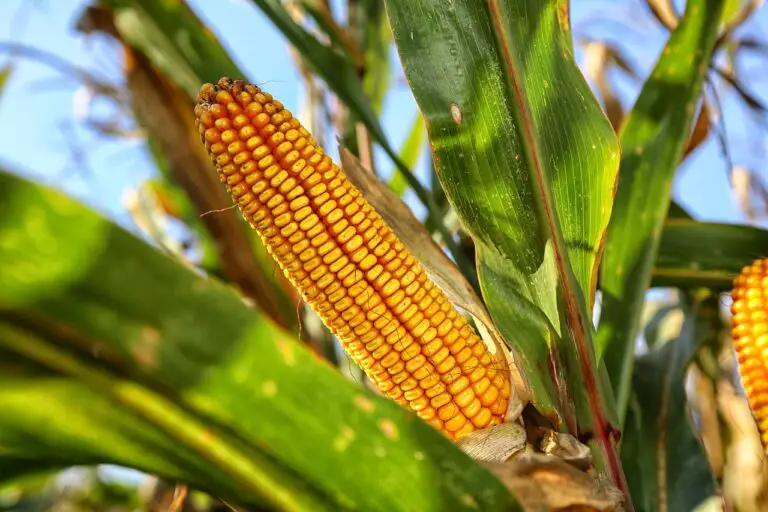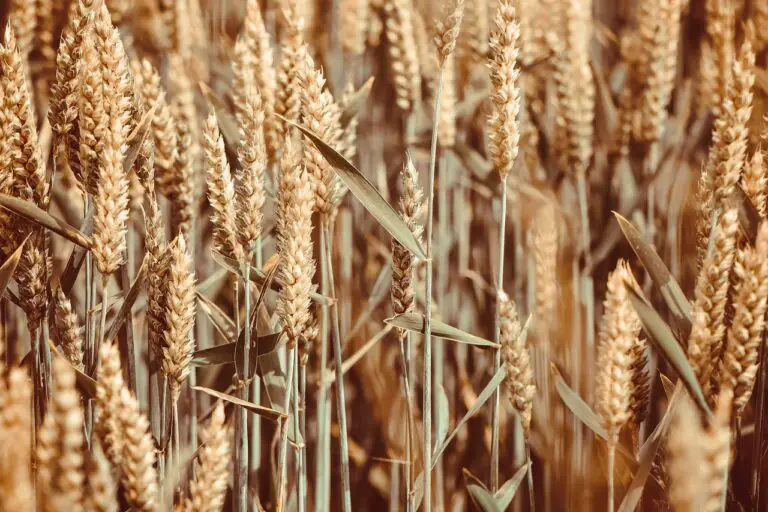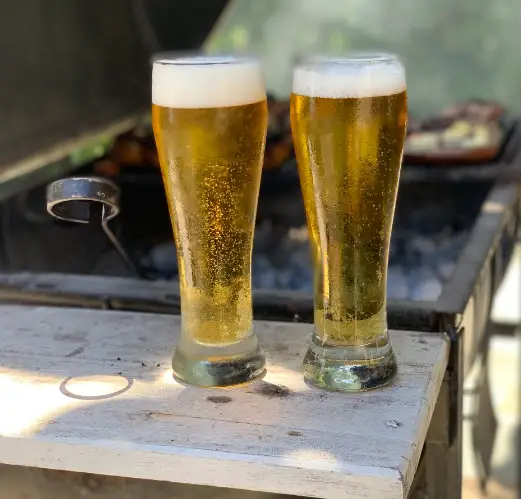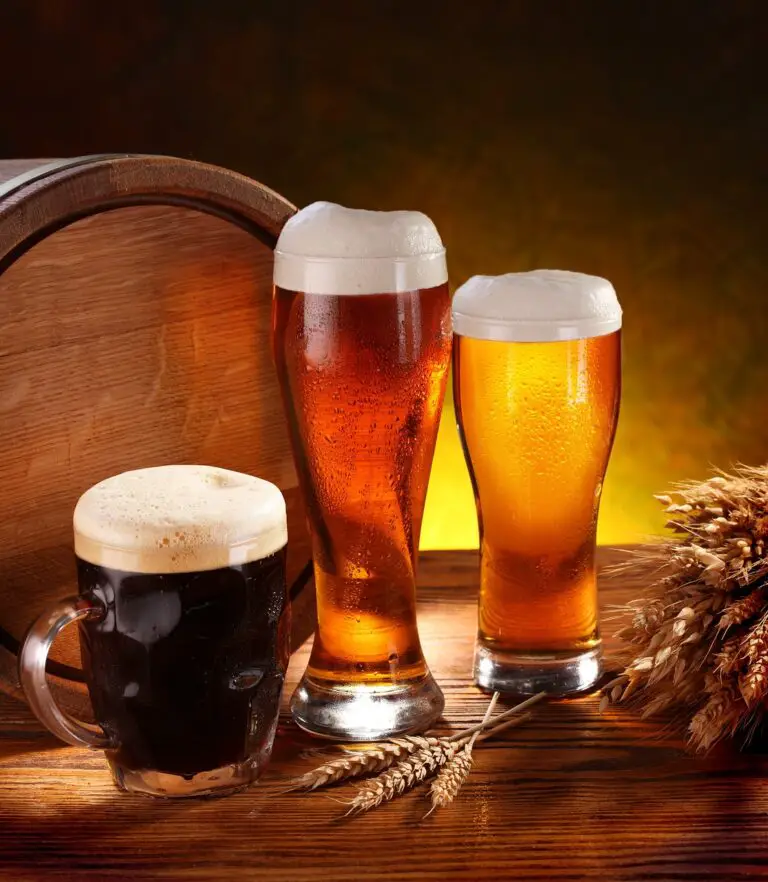How Much Water is in Beer?
How much water is in beer? This question sounds stupid, right? Beer is mostly water. Well, yeah, beer is mostly water.
On average, beer is composed of about 90-95% water. This percentage can vary slightly depending on the beer style and brewing process, but it generally falls within this range.
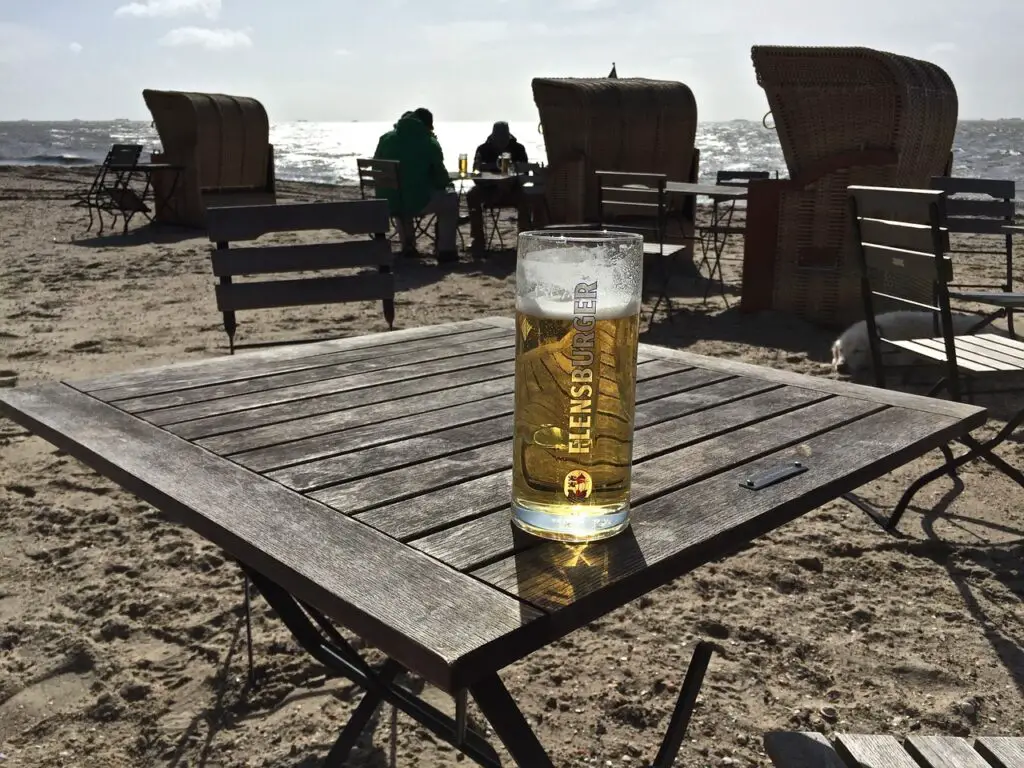
How Important is Water in Beer Production?
The thing is, water is REALLY important when making beer. Water is of paramount importance in beer production and brewing, playing a foundational role in several critical aspects:
- Mashing and Extracting Sugars: During the mashing process, malted barley is soaked in hot water, allowing enzymes to convert starches into fermentable sugars. Water facilitates this crucial step, where the sugar content of the brew is determined.
- Dilution and Control: Brewers use water to dilute the wort (unfermented beer) to the desired alcohol content. It enables precise control over the beer’s strength and ensures consistency in each batch.
- Yeast Activation: Yeast, responsible for fermentation, needs water to thrive. Without an adequate water supply, yeast wouldn’t be able to consume sugars and produce alcohol and carbon dioxide.
- Heat Transfer: Boiling the wort is essential to sterilize it and to extract bitterness and flavor from hops. Water acts as the medium for heat transfer, allowing for effective temperature control.
- Mineral Content: The mineral composition of water significantly impacts beer flavor. Specific minerals, such as calcium and magnesium, can enhance certain styles, contributing to the unique character of beers from different regions.
How Much Water is in Beer?
So, let’s take a closer look. There’s a lot of water in beer, but let’s see if it’s 90 percent or 95 percent.
Beer is predominantly water, typically containing around 90-95% water by volume. This high water content is fairly consistent across various beer styles. The remaining percentage comprises alcohol, sugars, proteins, hop compounds, and various flavor components. This consistent water content forms the base for all beer types.
Variations in Water Content Across Styles:
- Light Beers: Light lagers and pale ales have a higher percentage of water, often exceeding 95%, giving them a crisp and clean character.
- Darker Beers: Beers like stouts and porters may contain slightly less water, hovering around the 90-92% range. The roasted malt character in these styles contributes to a thicker mouthfeel.
- High-Alcohol Beers: Strong ales and barleywines can have a lower water percentage due to the higher concentration of malt and sugars needed to achieve elevated alcohol levels.
Influence of Ingredients and Brewing Process:
- Mashing and Grain Bill: The amount of malt used in the brewing process has a direct impact on water content. A higher grain bill results in more solid matter and sugars, reducing the percentage of water.
- Adjuncts: Using adjuncts like corn or rice can affect water content. Light lagers often use adjuncts, which can reduce the water percentage while maintaining a lighter body.
- Alcohol Production: The production of alcohol through fermentation inherently reduces water content. Strong beers, like barleywines, undergo more extensive fermentation, concentrating the flavors and raising the alcohol level, which reduces the water percentage.
- Water Treatment: The source and treatment of water can also alter beer composition. Specific minerals in water can influence the perception of flavor. For example, soft water with low mineral content may produce a crisper, lighter beer, while hard water can lead to a more robust profile.
Does Beer Water Content Affect Beer?
The water content in beer profoundly influences its texture and mouthfeel, two aspects that play a critical role in how we perceive and enjoy the beverage. Here’s a breakdown of this influence:
1. Body and Mouthfeel:
- Light vs. Full-Bodied: The water content affects the beer’s body, ranging from light and crisp to full and velvety. A higher water content results in a lighter body, while a lower water content contributes to a fuller, more substantial mouthfeel. Lighter beers, such as pilsners, tend to have a crisper and more refreshing mouthfeel, while stouts and porters with lower water percentages often feel thicker and more substantial.
- Creaminess: Water can create a creamy texture in beer. In styles like oatmeal stouts, the use of oats, which absorb more water and have a unique texture, can impart a smooth and creamy mouthfeel.
2. Viscosity:
- Viscosity and Water Content: Viscosity refers to the thickness or “stickiness” of a liquid. The water content in beer directly impacts its viscosity. A higher water content generally results in a more fluid and less viscous beer, while a lower water content leads to higher viscosity. For example, barleywines or imperial stouts with lower water percentages can exhibit a thicker, almost syrupy texture.
3. Perceived Sweetness and Astringency:
- Balancing Act: The water content interacts with the sugars, hops, and other compounds in the beer to create a balance of sweetness and astringency. More water can dilute the sweetness, making the beer taste crisper and dryer, while less water can enhance the perception of sweetness. Likewise, the presence of minerals in the water can enhance or diminish the perceived astringency in the beer, affecting the mouthfeel.
4. Carbonation:
- Effect on Texture: Carbonation, which is often dissolved in water before bottling, plays a significant role in mouthfeel. The water content can influence how carbonation is perceived. Lighter beers with higher water content may have a more effervescent, bubbly mouthfeel, while beers with lower water percentages could exhibit a smoother, softer carbonation.

Water Sources for Brewing – Pros and Cons
Here are some of the most important sources of water used in brewing, along with their advantages and disadvantages:
1. Tap Water:
- Advantages: Convenient and readily available. Often treated for safety and quality.
- Disadvantages: Water quality can vary by location, affecting the beer’s flavor. Some regions have hard water and high mineral content, which may not be suitable for all beer styles.
2. Well Water:
- Advantages: Generally reliable and consistent. Control over the water source.
- Disadvantages: Quality may vary depending on the location. It can have high mineral content, requiring treatment for some beer styles.
3. Spring Water:
- Advantages: Naturally filtered and often low in mineral content. It can be ideal for brewing specific beer styles.
- Disadvantages: It may not be as readily available or cost-effective as other sources.
4. Reverse Osmosis (RO) Water:
- Advantages: Allows for precise control of mineral content. Ideal for achieving consistent water quality.
- Disadvantages: Requires an RO system, which can be expensive to install and maintain. The need to reintroduce minerals for specific beer styles.
5. Deionized (DI) Water:
- Advantages: Extremely pure water, free of ions. Allows for complete control over the mineral content.
- Disadvantages: It is costly to produce and may require mineral adjustments.
6. Distilled Water:
- Advantages: Extremely pure and consistent. Suitable for highly controlled brewing conditions.
- Disadvantages: Lacks essential minerals, necessitating precise mineral adjustments.
7. Municipal Water Sources:
- Advantages: Treated and monitored for safety. May offer consistent quality for brewing.
- Disadvantages: Quality can vary by region, affecting the final beer. Chlorine or chloramine treatment may require additional steps to remove.

What About Regional Variation in Beer Water?
The composition of water used in brewing varies from one region to another, and this regional variation significantly impacts the characteristics of the beers produced. Here’s how water affects certain beer styles and some examples of beers unique to specific water types:
1. Burton-On-Trent, England:
- Water Profile: High in calcium and sulfate.
- Beer Styles: Known for its pale ales, the water in Burton enhances hop bitterness and clarity, contributing to the iconic taste of British pale ales like Bass Pale Ale.
2. Plzeň, Czech Republic:
- Water Profile: Very soft water with low mineral content.
- Beer Styles: Plzeň’s water is perfect for brewing the world-renowned Pilsner lagers, famous for their clean, crisp, and refreshing character.
3. Dublin, Ireland:
- Water Profile: Moderately hard water.
- Beer Styles: The water in Dublin contributes to the distinctive taste of stouts, like Guinness. The water’s mineral content enhances the roasted malt flavors.
4. Munich, Germany:
- Water Profile: Moderately hard with a balanced mineral content.
- Beer Styles: Munich’s water is suited for brewing Bavarian-style lagers, including the malty and smooth Munich Dunkel and Märzen beers.
5. Edinburgh, Scotland:
- Water Profile: Relatively hard with high mineral content.
- Beer Styles: Scottish ales are well-suited to the mineral-rich water of Edinburgh, which complements the caramel and toffee flavors in these beers.
Wrapping It Up
Water forms the backbone of beer, making up around 90-95% of its composition. It’s a fundamental yet often underestimated ingredient that influences the final brew’s texture, flavor, and character. So, whether you prefer a crisp Pilsner, a rich stout, or something in between, remember that water is at the heart of your favorite beer. Cheers to the science behind the sips!

I am a young architect with a passion that goes beyond blueprints… it’s beer! undertherosebrewing.com is more than just a blog, it’s a manifestation of my lifelong dream to explore, read, and learn everything about beer. Join the blog on this unfiltered and genuine adventure into the heart of beer culture. Cheers!


